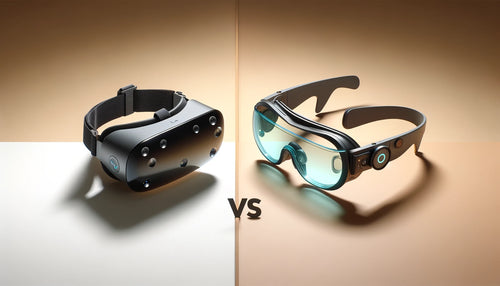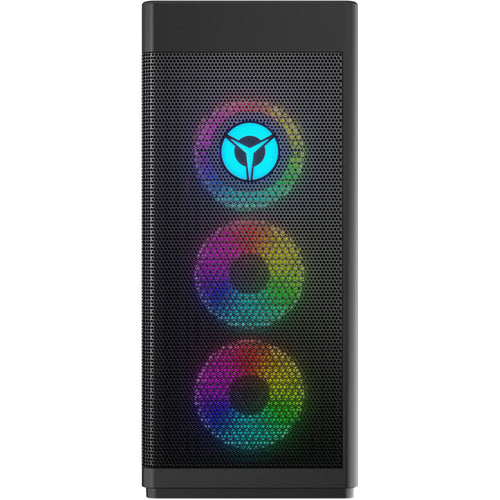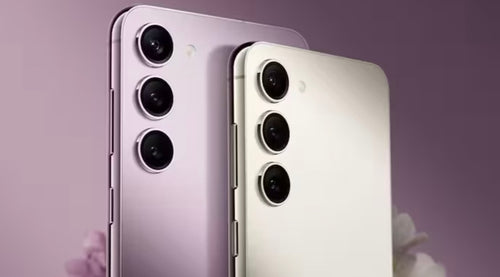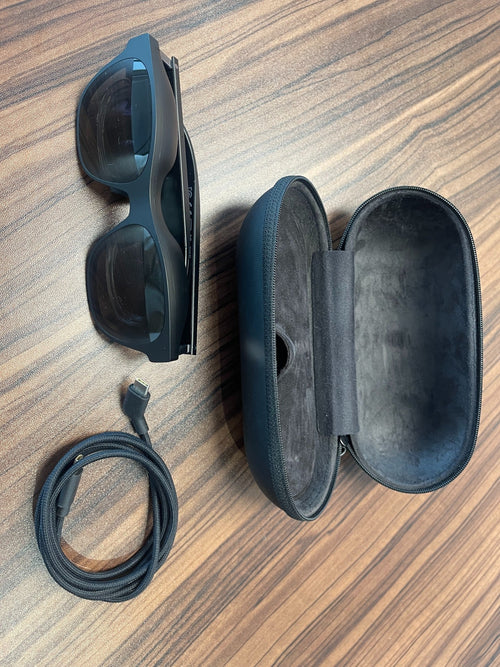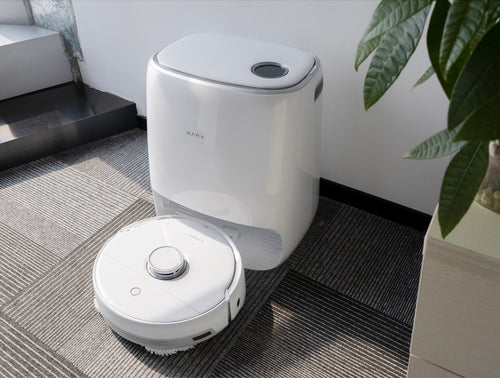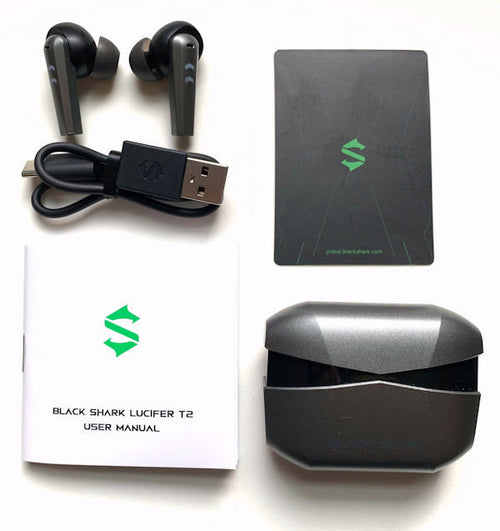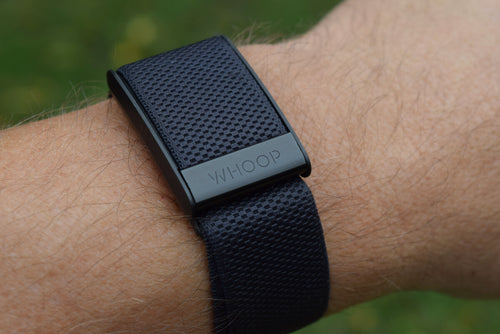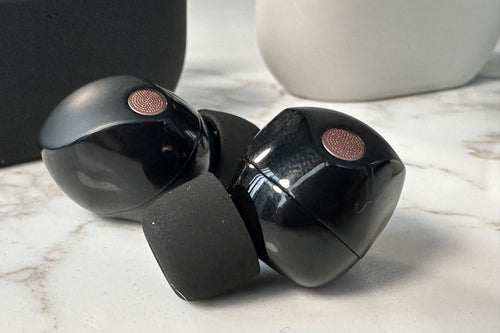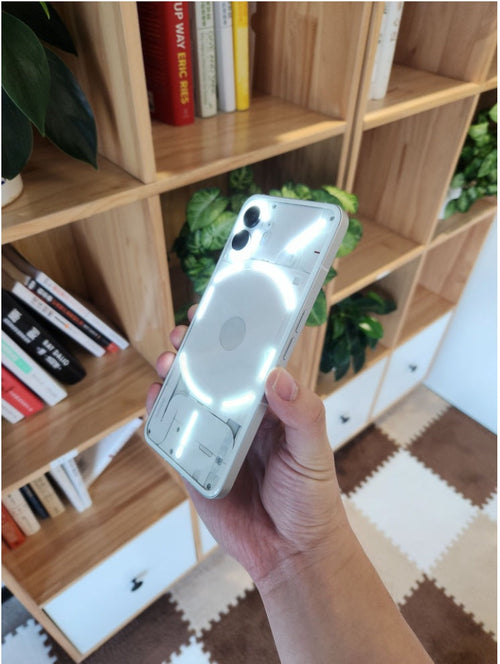Xiaomi Unveils HyperOS: Groundbreaking or Just Ground, Broken?

In the ceaseless whirlwind of tech advancements, Xiaomi positions itself yet again in the eye of the storm. This time, it's not about just any iterative update; it's about breaking the chains of the Google Android ecosystem, much like Huawei's bold move with HarmonyOS.
Enter HyperOS, promising a fresh dawn in the user experience realm and set to debut with the Xiaomi 14 series. This operating system assures more than an aesthetic overhaul—it's heralded as the new cornerstone of the brand's software innovations. Or so the narrative goes.
First Impressions: Déjà Vu or New Brew?
The tech community's pulse quickened when Weibo users served the first taste of Xiaomi HyperOS, through screenshots that, at a glance, might have many wondering if they've seen this movie before. But beyond the surface, there's chatter about HyperOS being more than just a pretty face. It's Xiaomi's bid to lessen the Google-dependency, a step towards an all-encompassing device ecosystem, embracing everything from smartphones to tablets, smartwatches, and potentially more, if whispers from the grapevine hold any weight.
However, let's pump the brakes—these are early beta glimpses. The grand reveal might have more up its sleeve, or so we hope, with the founder's Twitter announcement adding just a smidge of ceremony to the suspense.
HyperOS: A Leap or a Hurdle?

HyperOS isn't whispering sweet nothings; it's vocal about revolutionizing user experience. Its pièce de résistance is the Xiaomi Wonderful Center, an anchor point in its ambitious "human car home ecological operating system." It's a mouthful and a half, indicating Xiaomi isn't just scaling the wall—they're vaulting over it, aiming to land somewhere in the automotive landscape.
The reshuffled shortcut switches, with their harmonious layout, tell a tale of a user interface that doesn't just want you to visit; it wants you to move in. HyperOS is painting a picture, not of a refurbished room but of a redesigned home, with an eye on being lightweight and nimble across devices—if the somewhat cryptic Chinese subline is any clue.
HyperOS vs. MIUI 14: A Fresh Coat or a New Blueprint?
Stacking HyperOS against MIUI 14, one might squint to spot the difference. Critics might nudge and wink, suggesting Xiaomi's new OS is just MIUI after a spa day. However, it's the subtleties—the user-centric tweaks and polish—that whisper of a more nuanced evolution.
Sure, on the surface, it looks like MIUI decided to wear a new tie. But the tie is smarter, more intuitive, and frankly, cares more about how you want to see it draped. Whether these wardrobe changes are transformative or just a seasonal update will hinge on real-world use, which is just around the corner with the Xiaomi 14 series' debut. Plus, with a global rollout of HyperOS poised for 2024, replacing MIUI, the stakes are more than just high—they're stratospheric.
Final verdict
HyperOS waves the Xiaomi innovation flag, possibly with a cheeky grin. It's not just an operating system upgrade; it's Xiaomi tipping its hat to the future, or maybe just nodding at the present with more enthusiasm. The commitment is clear: a seamless, integrated experience across devices, leaving users wondering where one ends and the other begins.
As the curtain rises soon with the Xiaomi 14 series, HyperOS is either the opening act of a thrilling saga or an encore performance with new stage lights. The tech community watches with a popcorn bag of expectations—will it be a blockbuster or an indie surprise? The premiere is imminent, and the reviews, oh, they will pour in.
Want to try out fantastic unreleased products completely free?
And in the meantime we'd like to offer you the chance to try out the beta version of our unreleased Heyup Boxe Light. Peaked your interest? Head over to the Heyup Community to find out more
